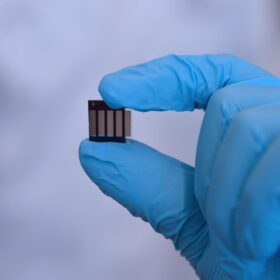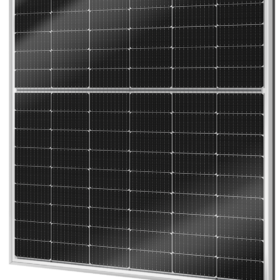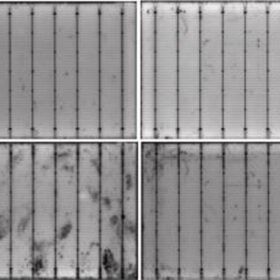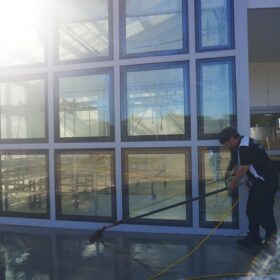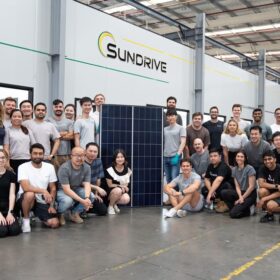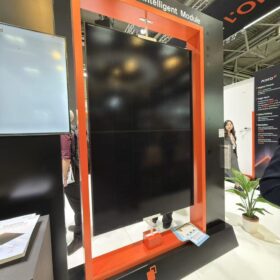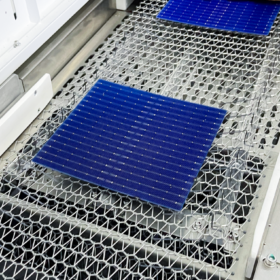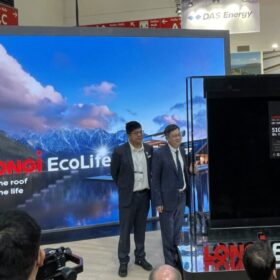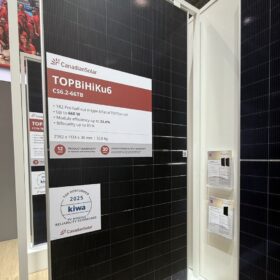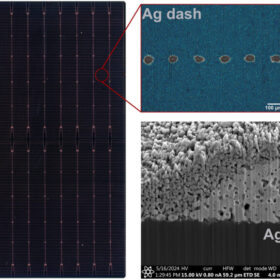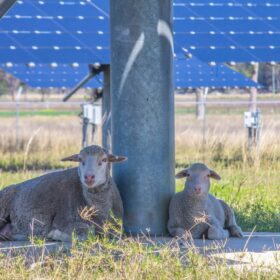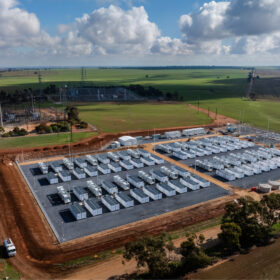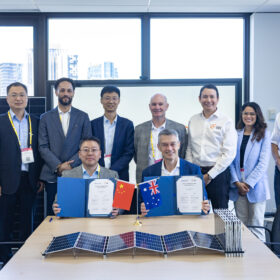Halocell partners with UQ to advance world-record solar tech
New South Wales-based perovskite cell producer Halocell Energy is partnering with University of Queensland researchers to accelerate the commercial production of lead-free solar panels based on record-breaking tin-halide PV cell technology.
Sunport Power launches lightweight n-type glass module with 22.5% efficiency
The Chinese manufacturer told pv magazine that high production costs and low module prices influenced its decision to change its well-known metal wrap through technology out for mass produced N-type technology for its latest product.
Researchers warn of ‘hidden contaminants’ that could increase TOPCon, HJT solar module humidity-induced degradation
Australian researchers have identified five contaminants that could increase damp heat-induced degradation in TOPCon and heterojunction cells and modules. Their analysis has shown these contaminants could originate from improper handling during cell or module processing.
ClearVue does manufacturing and distribution deal for NZ
ClearVue Technologies has entered the New Zealand market through an exclusive manufacturing and distribution agreement for its solar glass and building integrated PV technology with Viridian Glass, the nation’s largest glass fabricator.
SunDrive strikes China pact to scale up copper PV technology
Australian PV innovator SunDrive Solar says it has struck an agreement with two of China’s biggest solar equipment manufacturers to help launch its copper electrode technology onto the global market.
Aiko unveils back-contact solar module with ‘fully intelligent integration’
Chinese solar cell and module maker Aiko has unveiled its new intelligent solar module series, Navigator. Based on the company’s N-type, all-back-contact technology, Navigator promises a 3% to 5% boost in annual energy yield and lower operating costs.
US-based SEG Solar launches cell production in Indonesia
United States-headquartered PV module manufacturer SEG Solar has successfully commissioned a solar cell factory in Indonesia with the first N-type cell produced at the facility having rolled off the production line.
Longi launches all-black back contact solar panel series
The EcoLife series brings Longi’s back contact technology to the residential solar market with panels that reportedly offer quicker system payback and reduced power degradation over time.
Canadian Solar debuts 660 W TOPCon solar panel with 24.4% efficiency
The new products are available in seven versions with power output ranging from 630 W to 660 W and power conversion efficiency spanning from 23.3% to 24.4%.
Silver-lean screen-printing can reduce silver use in TOPCon solar cells by 40%
Researchers from the University of New South Wales have teamed with international colleagues to develop a metallisation technique for TOPCon solar cells that can reportedly reduce silver usage in the devices’ rear side by 85%.
